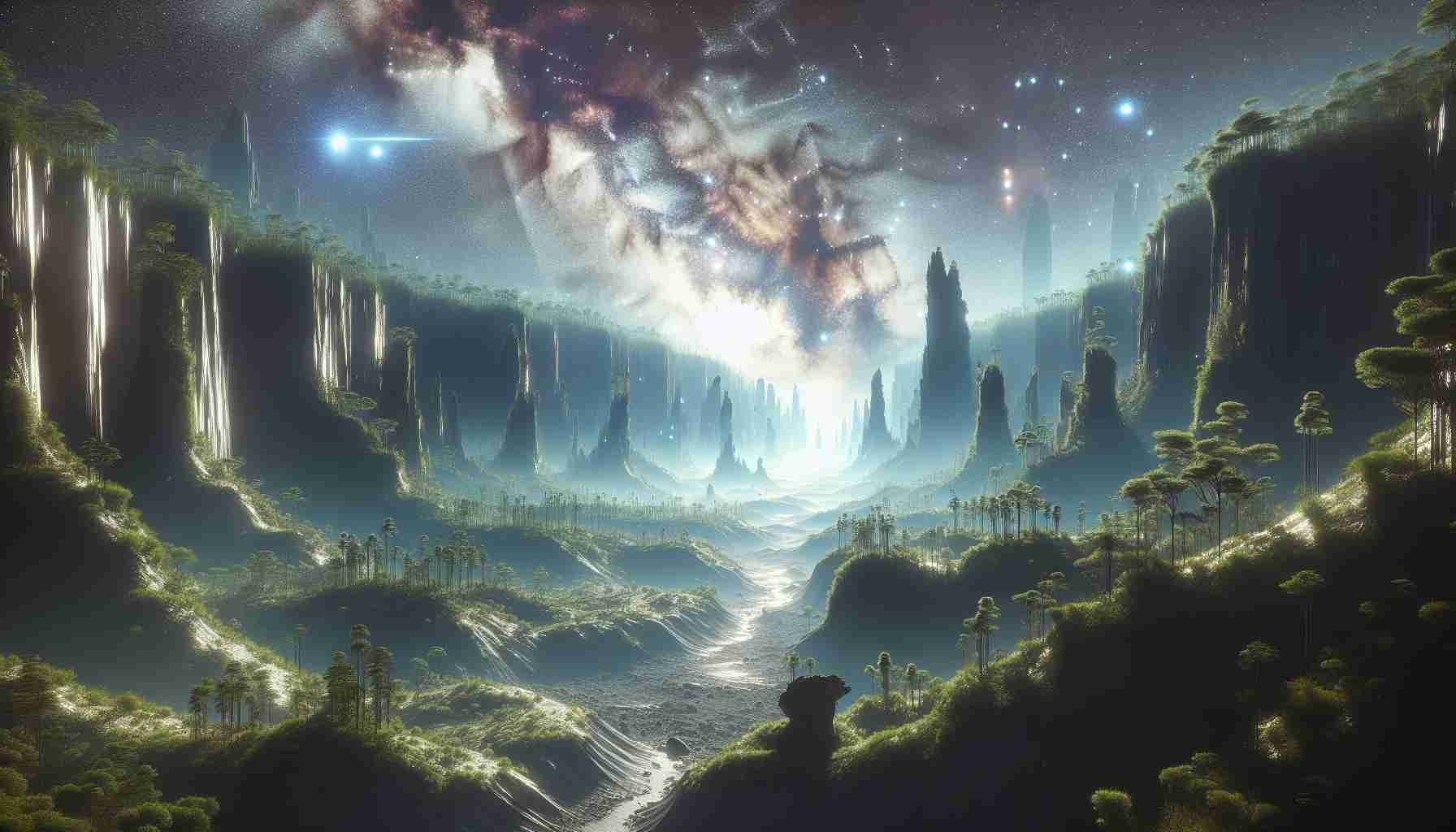Iain Banks is best known in the United States for his debut novel “The Wasp Factory” from 1984, but science fiction fans also love him for his Culture series (published under the name Iain M. Banks), a set of adventures set in the galaxy that touch on questions of comparable scale. The Culture is the name of a space-faring civilization mostly composed of humanoid citizens, who lack nothing due to their longevity, including drugs (now produced by their modified bodies) and sex. The Culture, hedonistic and utopian, is loosely organized and managed by the “Minds,” artificial intelligences with god-like power and cognitive abilities that usually take the form of supermassive spaceships.
The novels start with “Consider Phlebas” (1987) and continue until “The Hydrogen Sonata” (2012). However, the novels do not follow a chronological sequence, and fans have diverse (but strongly rooted) opinions on where to begin. Most of the stories depict the actions of Culture representatives who must deal with civilizations that threaten its existence or seem too unjust or cruel to simply leave alone. The books are said to be clever adventures in space with more thoughts and details than many others. Their unique quality lies in how these elements work together. Banks’ brilliant plots address issues of morality and questions about what makes someone human, but they also offer secret agents, technologically advanced weapons, political intrigue, and the Minds themselves, whose mischievous comments add humor to many stories. The novels are unpredictable and immersive – there are nine of them (plus a book of short stories) – so if you start reading, you know you’re in for a long and enjoyable journey.
Banks passed away in 2013 at the age of 59, greatly saddening the science fiction community. The enduring legacy of his imagination is celebrated in the book “The Culture: The Drawings” (Orbit, 160 pages, $60), a beautiful coffee table book featuring drawings and maps created by Banks while conceptualizing his universe. It showcases technical locks with stunning bastions and exotic cities with almost endless blocks. Dozens of spaceships of all classes are annotated with enough details to provide an excellent foundation for a video game. But what truly makes this book fascinating is that amidst the precise diagrams and alien alphabets, there are ruffled, all-too-human comments: “Stupid!” Are the drawings somewhat like intense sketches of worlds created by a talented teenager? In a way. Should this collection adorn the shelf of every Culture fan? Undoubtedly. This book offers a behind-the-scenes glimpse into the imagination that created entire universes – the work of a passionately devoted madman’s hands that continues to inspire readers, writers, and dreamers.
